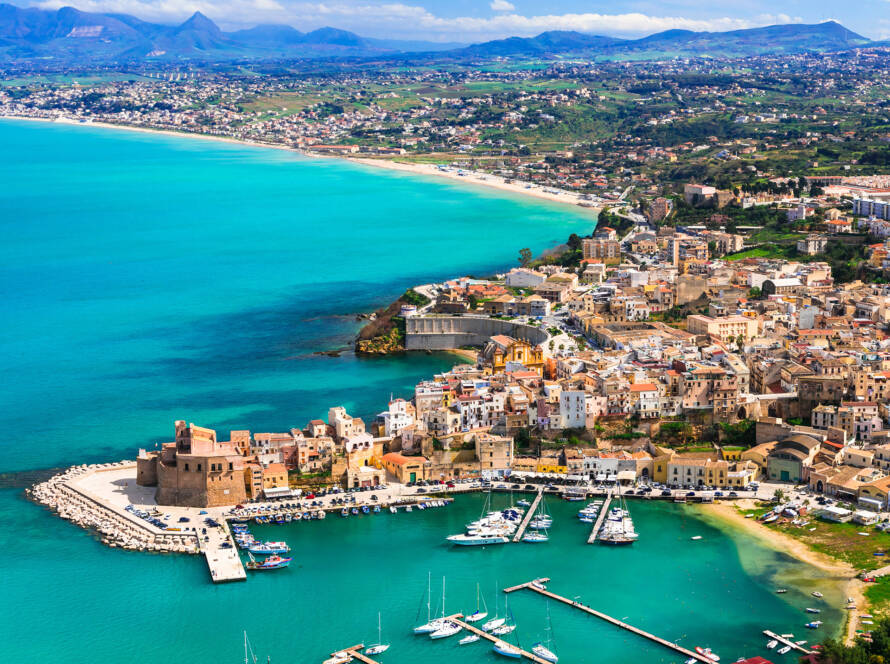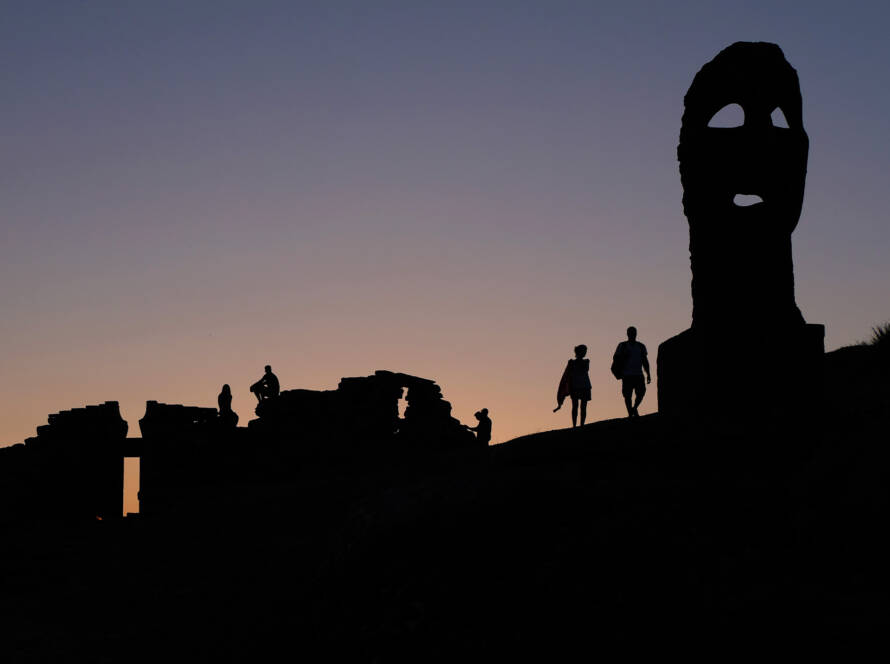Date
planning
Departures and stops
Gratteri, Cefalù
Duration
One day
Cost
to define
Discovering the theatres, fragrances and flavours of Palermo’s traditions
This tour to discover Palermo, among its marvellous theatres and ancient traditions, will take you on a stroll through time and introduce you to all the peoples who have alternated in the domination of the province through the splendid testimonies they have left behind.
Details of the program:
Departure from at: planning
Lunch: planning
Return at: planning
The tour includes:
The tour will begin at Piazza Indipendenza, one of Palermo’s central squares from which the roads to many of the most important points of interest in Palermo’s history branch off, and from which you can admire Porta Nuova, Cappella Palatina and Palazzo Reale. The square has a vast central garden lush with greenery, where in turn stands the obelisk in honour of the Martyrs of Italian Independence.
From the square, there is easy access to the Royal Palace (or Palazzo dei Normanni), the jewel of the Arab-Norman route, built in the 10th century. Indeed, that of the Royal Palace is a thousand-year history that tells of the skill and architecture of the Arabs combined with the power of the Norman kings, who chose the Palace as their residence. Today, the palace is the seat of the Assembly of the Sicilian Region, which houses the oldest parliament in Europe, the Sicilian Parliament.
Inside the Palace is the Palatine Chapel, built in 1130 by King Roger II, who wanted a private chapel to be built in the Palace. It is the meeting point of three different cultures and religions as Islamic, Latin and Byzantine craftsmen were involved in both the architecture and decoration. The biggest attraction inside the Chapel are its mosaics, consisting of two sheets of glass divided by a very thin layer of gold, which shimmer in the light and represent the Word of God.
Our tour will continue to the Cathedral of Palermo, whose history can be traced back to 1170, during the reign of William II, when the pre-existing ancient cathedral was rebuilt after being damaged in the 1169 earthquake. The Cathedral’s history alternated between Christian and Muslim worship, when it was turned into a mosque during the Saracen occupation, only to return to its original worship with the arrival of the Normans in 1072. This made the Cathedral filled with works of art and decorations from different eras and cultures, making it a cultural jewel of inestimable value today.
From Arab-Norman beauty, we move on to the wonder of Baroque art in Palermo, visiting the Church of the Santissimo Salvatore. The church was actually founded in Norman times and its first transformation took place in 1528, when the typical Norman structure was changed to a basilica form. The church, however, acquired its present form in 1682, when its structure was totally revolutionised by Paolo Amato, which made the architecture the church’s crowning glory, in addition to the mixed marbles and tracery adorning the walls, a typical Baroque technique.
Our lunch will be in the Sicilian tradition, with a stop at the Antico Mercato del Capo, one of Palermo’s historic markets and a very popular neighbourhood, founded in the Muslim era and inhabited by the Schiavoni, pirates and slave traders. The market is one of the beating hearts of Palermo’s folklore, where the scents of typical Sicilian delicacies mingle with the choruses and chants of the vendors, the so-called ‘abbanniare’, inviting customers to approach their stalls. The stalls wake up early in the morning, offering their customers all kinds of foodstuffs: fish, meat, bread, olives, fruit and spices, and it almost seems as if the products are organised in order of colours and flavours; you will not be disappointed by this treat.
After lunch, it will be time to visit Palermo’s historic theatres: Teatro Massimo and Teatro Politeama. The Teatro Massimo is the third largest opera house in Europe. Its elegant and pompous architecture is surrounded by staircases, statues and the beauty of Piazza Giuseppe Verdi. Inside its many halls, wonder reigns supreme, from the sumptuous Sala Grande, with its ancient flower-shaped airing system, to the Sala Pompeiana with its absurd acoustics. For its construction, which took place between 1875 and 1897, the Church of San Francesco, the adjoining convent and the Church of San Giuliano were demolished. In fact, it is believed that a spirit, ‘la monachella’, roams inside the theatre, who, out of revenge, amuses himself by making theatre guests stumble down the so-called ‘nun’s step’. This is how between legend and majesty the Teatro Massimo stands out among all, attracting attention and admiration for centuries.
The Politeama Theatre is an imposing building in Pompeian and neoclassical style, which stands on Piazza Ruggero Settimo, and is the first theatre in the new city built between 1867 and 1891. The theatre dominates the Piazza thanks to its double portico with Doric and Ionic columns culminating in the Triumphal Arch entrance. The theatre inaugurated its very first season in 1874 with the opera ‘i Capuleti e i Montecchi’. Its interior is horseshoe-shaped with two tiers of boxes and a double gallery while the dome is decorated in sky-blue.
The tour will end at the harbour of Palermo, departing from Via Francesco Crispi, and while waiting you can enjoy the natural beauty of the sea in front of you and the monuments that surround you.




